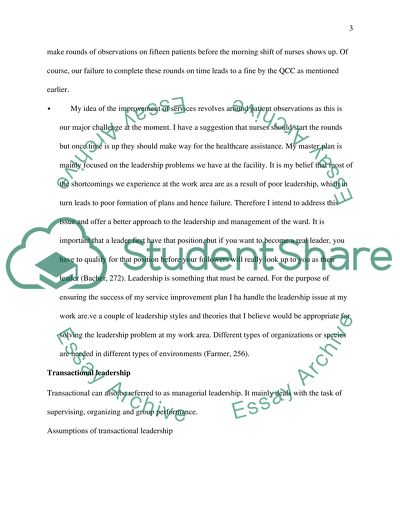Cite this document
(“Leadership and service improvement Essay Example | Topics and Well Written Essays - 3000 words”, n.d.)
Retrieved de https://studentshare.org/nursing/1495758-leadership-and-service-improvement
Retrieved de https://studentshare.org/nursing/1495758-leadership-and-service-improvement
(Leadership and Service Improvement Essay Example | Topics and Well Written Essays - 3000 Words)
https://studentshare.org/nursing/1495758-leadership-and-service-improvement.
https://studentshare.org/nursing/1495758-leadership-and-service-improvement.
“Leadership and Service Improvement Essay Example | Topics and Well Written Essays - 3000 Words”, n.d. https://studentshare.org/nursing/1495758-leadership-and-service-improvement.


